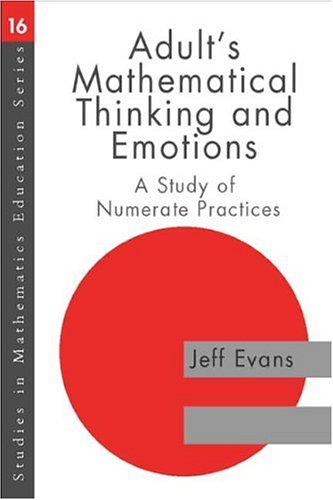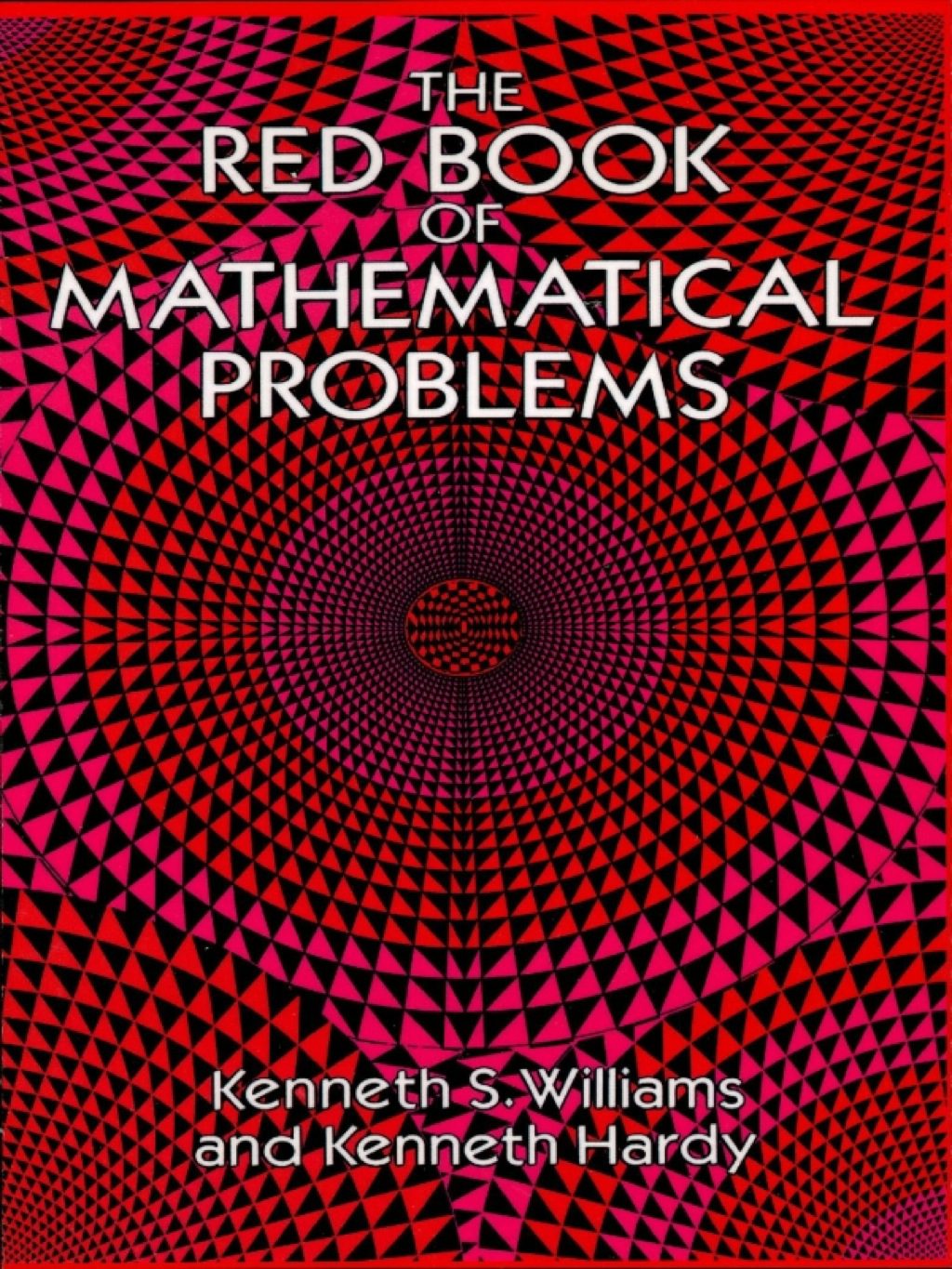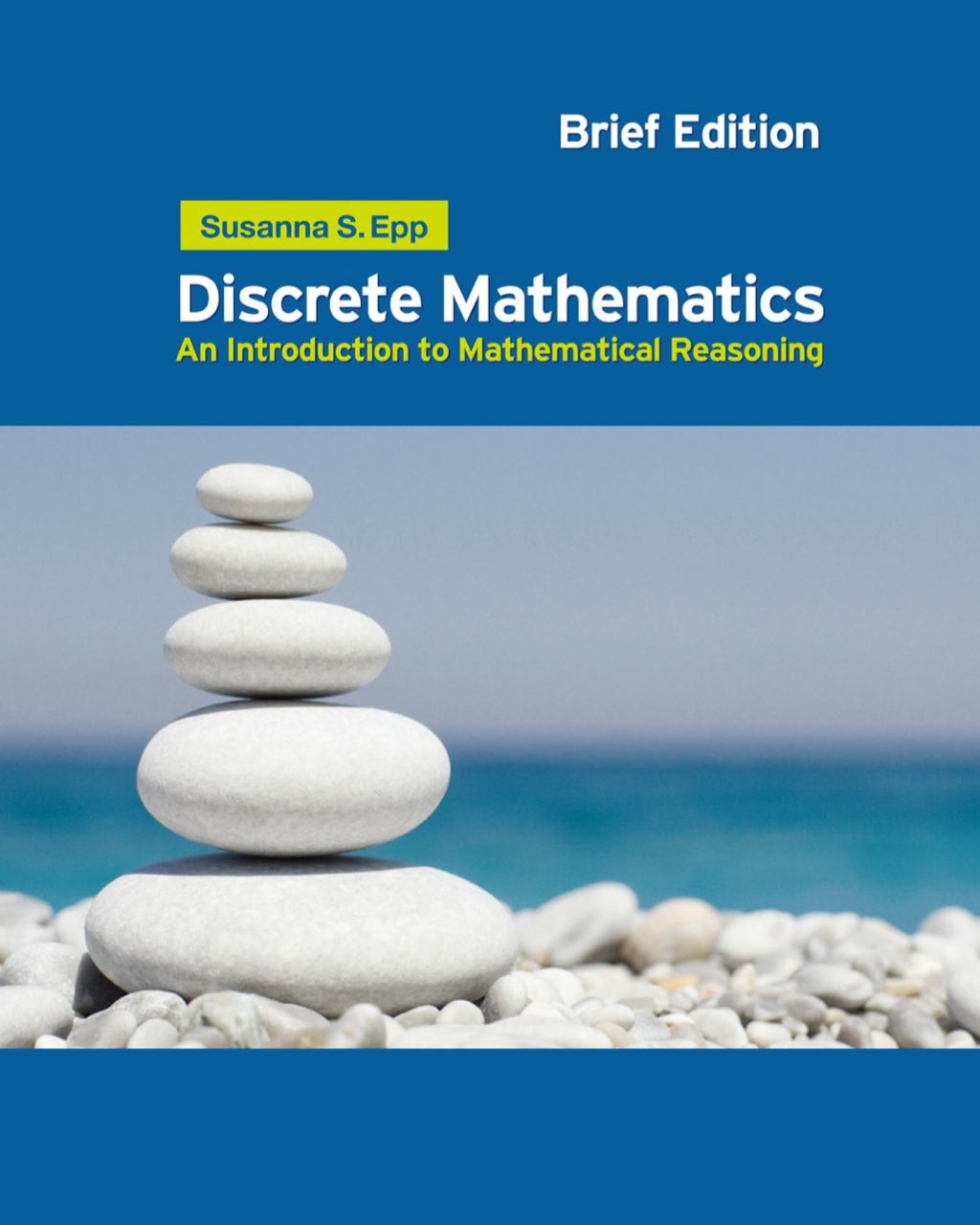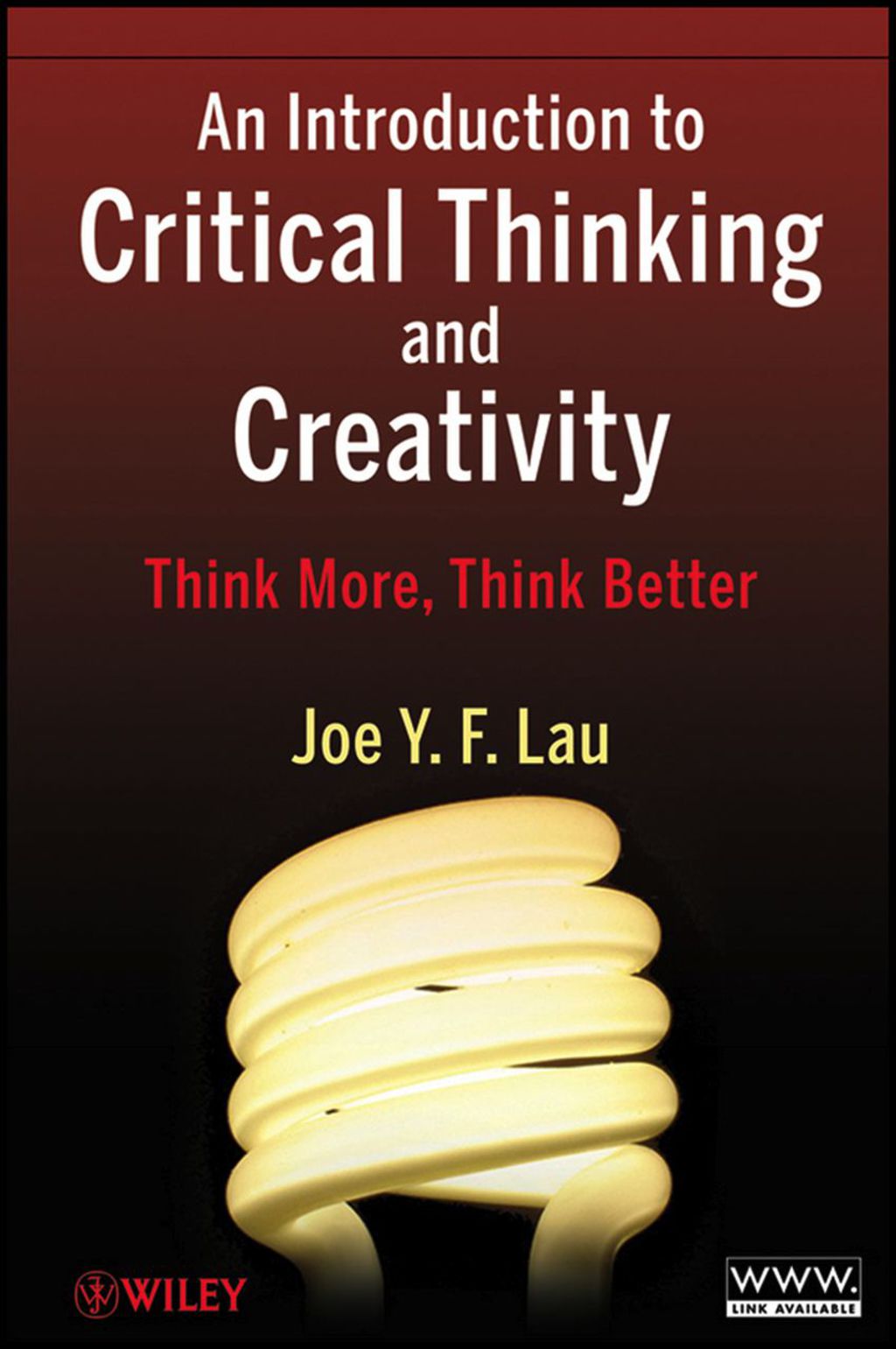Jeff Evans9780203185896, 9780750709125, 9780750709132, 0750709138
Table of contents :
Book Cover……Page 1
Title……Page 4
Contents……Page 5
List of Figures……Page 12
List of Tables……Page 13
Series Editor’s Preface……Page 15
Author’s Preface and Acknowledgements……Page 17
Introduction: Mathematics, the Difficult Subject……Page 20
Developing Ideas and Methodologies for the Study……Page 23
Overview of the Book……Page 26
Mathematical Thinking in Context Among Adults……Page 28
Recent British Surveys of Adult Numeracy……Page 32
Conceptual Map and Research Questions……Page 34
Survey Results for Performance and Context……Page 38
Conclusions……Page 44
Mathematics Performance and Social Difference……Page 47
Social Class Differences……Page 49
Conceptual Map and Research Questions……Page 52
Survey and Modelling Results for Gender Differences in Performance……Page 53
Survey and Modelling Results for Social Class Differences in Performance……Page 57
Conclusions……Page 58
Affect and Mathematics Anxiety……Page 61
Affect and Anxiety……Page 62
Psychological Conceptions and Measures of Anxiety……Page 64
Mathematics Anxiety, Measures and Relationships……Page 67
Model A: Conceptual Map and Research Questions……Page 73
Survey and Modelling Results: Contexts of Mathematics Anxiety……Page 75
Survey and Modelling Results: Social Differences and Mathematics Anxiety……Page 80
Survey and Modelling Results: Mathematics Anxiety and Performance……Page 82
Conclusions……Page 84
Reflections on the Study So Far……Page 88
Rethinking the Context of Mathematical Thinking……Page 93
A Range of Views on the Meanings of Context and the Possibilities of Transfer……Page 94
The Turn to the Social: Sociocultural Approaches and Situated Cognition……Page 97
The Turn to Language: Structuralist and Poststructuralist Approaches……Page 113
Conceptualising Contexts, Practices, Boundaries and Bridges……Page 118
Conclusions……Page 123
Rethinking Mathematical Affect as Emotion……Page 126
‘No Emotion, Please! We’re Researching Mathematics’……Page 127
Model B: Process Conceptions of Affect and Anxiety in Mathematics……Page 128
Model C: Approaches Informed by Psychoanalysis……Page 132
Model D: A Psychoanalytic Approach, Informed by Poststructuralism……Page 139
Conclusions……Page 149
Developing a Complementary Qualitative Methodology……Page 154
Focus and Methodology of the Interview……Page 159
Doing the Interviews……Page 164
Overview of the Analysis of the Interviews……Page 166
Summary……Page 168
Reconsidering Mathematical Thinking and Emotion in Practice……Page 169
Theme 2: Inseparability of Task and Context……Page 175
Theme 3: Gender and Social Class Differences in Performance Related to Positioning……Page 179
Theme 4: Numerate Thinking as Specific to the Subject’s Positioning……Page 184
Theme 5: Emotion Pervades Mathematical Thinking ‘Mathematics is Hot’……Page 190
Theme 6: Gender Differences in Expressing Anxiety……Page 193
Conclusions……Page 195
The Learners’ Stories……Page 200
Case Studies……Page 201
Conclusions……Page 236
Conclusions and Contributions……Page 244
Ideas for Pedagogy and Practice……Page 252
Questions of Methodology and Further Research……Page 256
Appendix 1 Questionnaire Design and Fieldwork……Page 261
Fieldwork……Page 262
The Questionnaire……Page 264
Appendix 2 Interview Problems for Solution……Page 271
Notes……Page 278
Bibliography……Page 292
Index……Page 307







Reviews
There are no reviews yet.